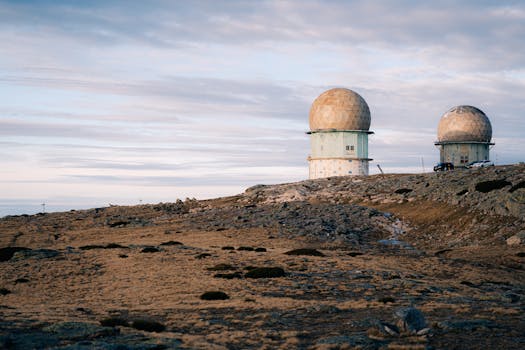
GEO Satellites: The Backbone of Global Connectivity
GEO satellites, or Geostationary Earth Orbit satellites, are a type of satellite that orbits the Earth at an altitude of approximately 36,000 kilometers, remaining stationary relative to a fixed point on the Earth’s surface. This unique characteristic allows GEO satellites to provide continuous coverage of a specific region, making them an essential component of modern telecommunications. With the increasing demand for global connectivity, GEO satellites have become a vital part of our daily lives, enabling communication, navigation, and weather forecasting.
At the beginning of the GEO satellites era, the primary application of these satellites was for telecommunications, including television broadcasting, telephone communications, and data transmission. However, with advancements in technology, the scope of GEO satellites has expanded to include navigation, weather forecasting, and Earth observation. The widespread adoption of GEO satellites has transformed the way we communicate, access information, and understand our planet.
Applications of GEO Satellites
GEO satellites have a wide range of applications, including telecommunications, navigation, weather forecasting, and Earth observation. In the field of telecommunications, GEO satellites enable the transmission of data, voice, and video signals over long distances, connecting remote and underserved communities. The most notable example of this is the provision of internet services to areas where fiber-optic cables are not available.
In the realm of navigation, GEO satellites are used in conjunction with other types of satellites to provide location information and timing signals. This is crucial for various industries, including aviation, maritime, and transportation, where precise navigation is essential for safety and efficiency. The Global Positioning System (GPS) is a prominent example of a navigation system that relies on a network of satellites, including GEO satellites.
Weather forecasting is another critical application of GEO satellites. By orbiting the Earth at a fixed point, GEO satellites can continuously monitor weather patterns, providing vital information for meteorologists to predict weather conditions. This enables early warnings for severe weather events, such as hurricanes, typhoons, and tsunamis, ultimately saving lives and reducing damage to infrastructure.
Future of GEO Satellites
The future of GEO satellites looks promising, with ongoing advancements in technology and the increasing demand for global connectivity. The development of new satellite constellations, such as the Amazon Kuiper System and the SpaceX Starlink constellation, is expected to further expand the capabilities of GEO satellites. These constellations will provide higher-speed internet services, lower latency, and greater connectivity, bridging the digital divide and enabling new applications such as IoT, 5G, and beyond.
Furthermore, the integration of GEO satellites with other technologies, such as 5G networks and the Internet of Things (IoT), will unlock new possibilities for industries such as healthcare, finance, and education. The use of GEO satellites in these industries will enable the creation of new services, such as telemedicine, remote education, and digital banking, which will have a profound impact on the way we live and work.
Challenges and Opportunities
Despite the numerous benefits of GEO satellites, there are challenges associated with their deployment and operation. One of the primary concerns is the risk of satellite collisions, which can result in significant damage to the satellite and generate debris in Earth’s orbit. Additionally, the increasing number of satellites in orbit raises concerns about space debris, which can pose a threat to the long-term sustainability of space exploration.
However, these challenges also present opportunities for innovation and growth. The development of new technologies, such as satellite-based propulsion systems and debris removal systems, will help mitigate the risks associated with satellite collisions and space debris. Moreover, the growth of the satellite industry will create new job opportunities, stimulate economic growth, and drive innovation in related fields, such as materials science and aerospace engineering.



